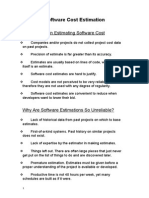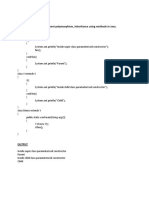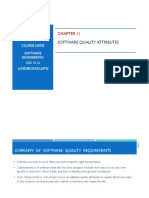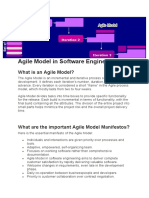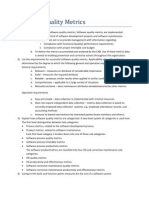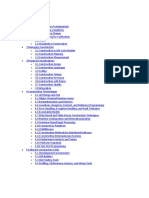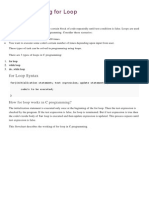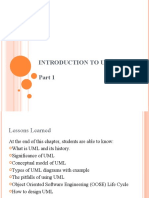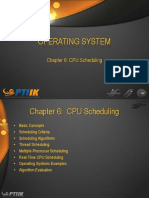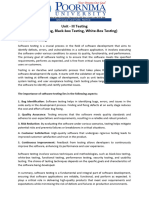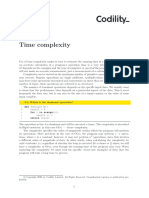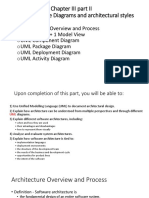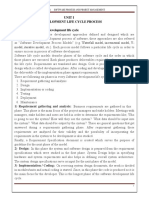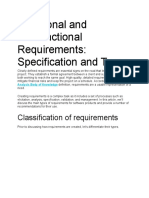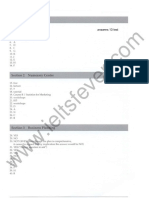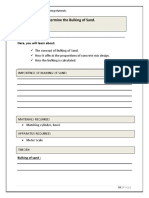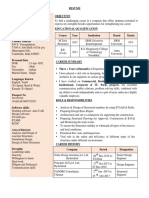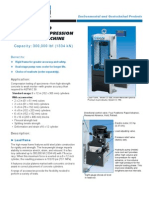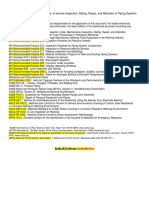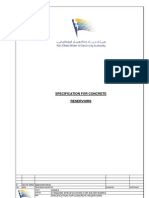0% found this document useful (0 votes)
163 views7 pagesSDLC Phases & Models of Software Development Life Cycle
The document discusses the Software Development Life Cycle (SDLC), which is a systematic process for building software that ensures quality. The SDLC consists of seven phases: requirements gathering, feasibility study, design, coding, testing, installation/deployment, and maintenance. It provides a standard framework for activities and deliverables. Popular SDLC models include waterfall, incremental, V-model, agile, spiral, and big bang. Each phase has specific objectives, such as collecting requirements, creating design documents, writing code, and testing the software.
Uploaded by
Lokesh KCopyright
© © All Rights Reserved
We take content rights seriously. If you suspect this is your content, claim it here.
Available Formats
Download as DOCX, PDF, TXT or read online on Scribd
0% found this document useful (0 votes)
163 views7 pagesSDLC Phases & Models of Software Development Life Cycle
The document discusses the Software Development Life Cycle (SDLC), which is a systematic process for building software that ensures quality. The SDLC consists of seven phases: requirements gathering, feasibility study, design, coding, testing, installation/deployment, and maintenance. It provides a standard framework for activities and deliverables. Popular SDLC models include waterfall, incremental, V-model, agile, spiral, and big bang. Each phase has specific objectives, such as collecting requirements, creating design documents, writing code, and testing the software.
Uploaded by
Lokesh KCopyright
© © All Rights Reserved
We take content rights seriously. If you suspect this is your content, claim it here.
Available Formats
Download as DOCX, PDF, TXT or read online on Scribd
/ 7



